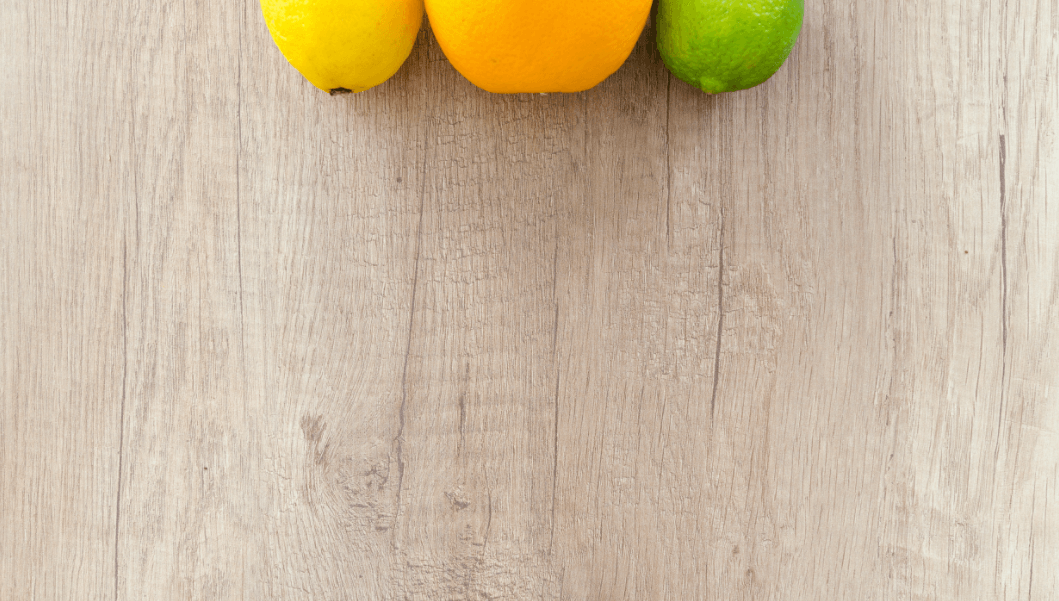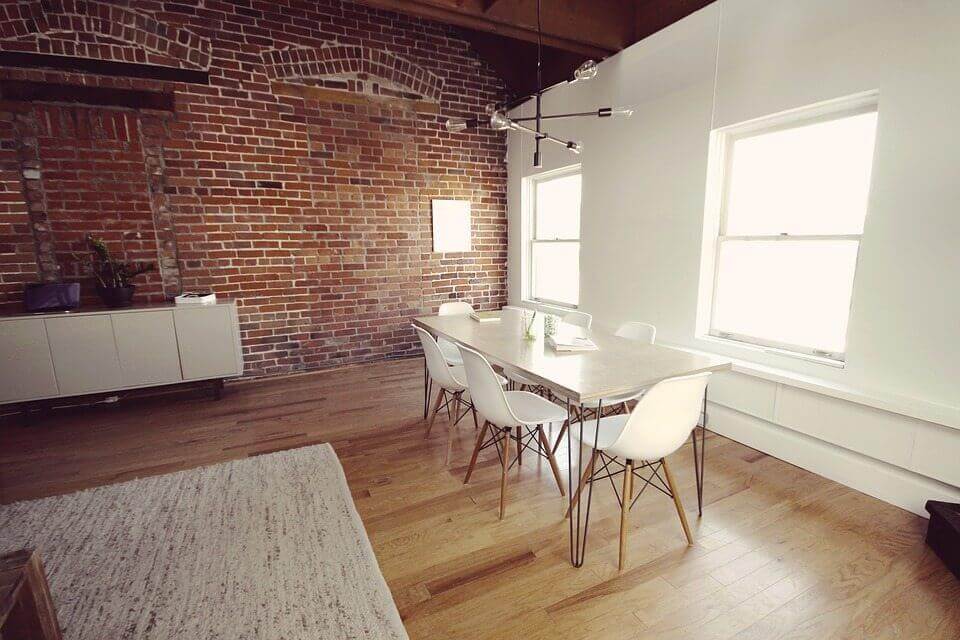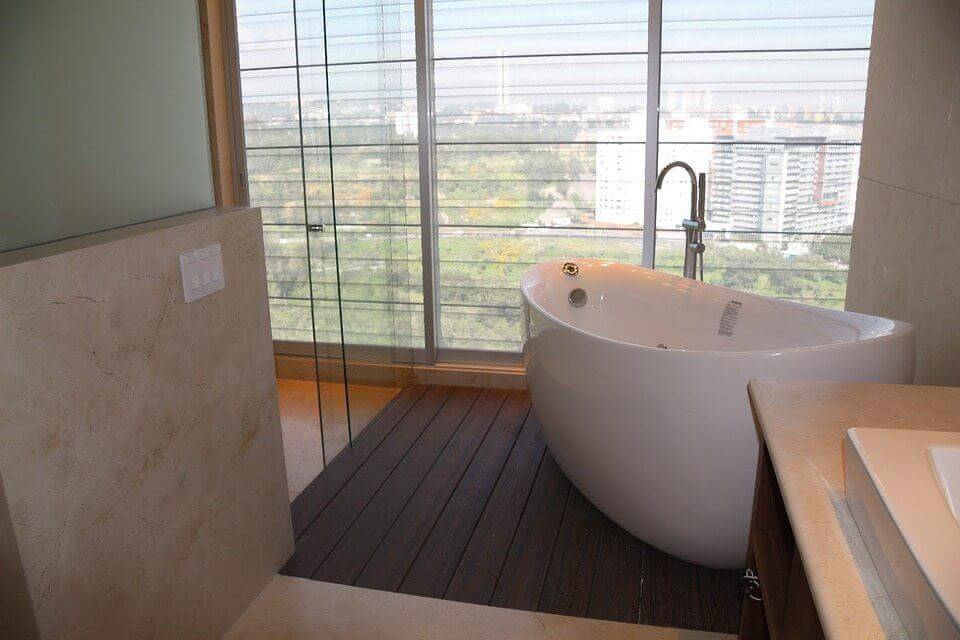At MacDonald Hardwoods, we are deeply committed to environmental stewardship, and this commitment is reflected in our journey of sustainable hardwood sourcing. In this blog post, we’ll discuss the responsible forestry practices, certifications, and the process that transforms hardwood from sustainable forests into exquisite flooring products. We’ll also showcase why MacDonald Hardwoods partners with top-quality manufacturers like Lauzon and their Pure Genius® Smart Floor, as well as our dedication to eco-friendly finishes that prioritize the health of our customers and the planet.
Responsible Forestry Practices
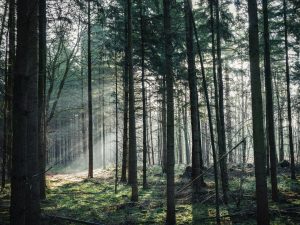
For us at MacDonald Hardwoods, the journey of sustainable hardwood begins with a dedication to responsible forestry practices. We carefully select mature trees for harvesting, leaving younger ones to grow and regenerate. By preserving the natural balance in the forest ecosystem, we maintain biodiversity and ensure the long-term health of these vital resources.
Our commitment to responsible forestry extends to proper land management, erosion control, and water protection. These practices not only mitigate deforestation but also help combat climate change by supporting the forests’ role as essential carbon sinks.
Certifications for Sustainability
At MacDonald Hardwoods, we understand the importance of trust and transparency when it comes to sustainability. That’s why we embrace certifications like the Forest Stewardship Council (FSC), which sets the gold standard for responsible forest management. FSC-certified hardwood ensures that our products come from sustainably managed forests that meet stringent environmental, social, and economic criteria.
The FSC chain of custody certification traces the entire journey of our hardwood from the forest to the final product. This ensures that every step of the process, from harvesting to manufacturing, adheres to the highest sustainability standards, providing our customers with the assurance that their choice aligns with their environmental values.
The Journey from Forest to Flooring
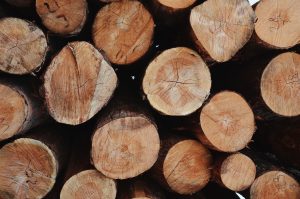
After responsibly harvesting the logs, we transport them to our state-of-the-art mills where skilled craftsmen work their magic. With a focus on maximizing efficiency and minimizing waste, we transform raw logs into exquisite hardwood flooring products, including engineered and solid hardwood planks.
Our commitment to environmental health and indoor air quality is exemplified by our partnerships with manufacturers like Lauzon. Through cutting-edge technology, Lauzon’s Pure Genius® Smart Floor improves indoor air quality by reducing airborne allergens and pollutants. By incorporating this innovative finish, we enhance the living spaces of our customers while preserving the natural beauty of the wood.
Ultra Low VOC Finishes
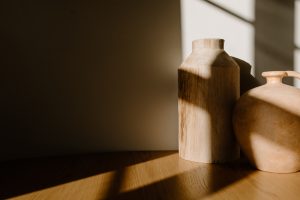
At MacDonald Hardwoods, we take great pride in offering not only durable and scratch-resistant hardwood floors but also eco-friendly finishes. We understand the potential harm of volatile organic compounds (VOCs) and their impact on indoor air quality. That’s why we prioritize ultra low VOC finishes in our hardwood collections.
Our dedication to eco-friendly finishes ensures that our products not only meet the highest standards of quality and durability but also promote a healthier living environment for our customers. With each purchase, our customers can enjoy the beauty of their hardwood floors while being confident in their contribution to a sustainable and eco-conscious lifestyle.
Conclusion
The journey of sustainable hardwood at MacDonald Hardwoods is grounded in a deep sense of responsibility towards our planet. From the forests to the final flooring products, we strive to make environmentally conscious choices at every step. Our partnerships with top-quality manufacturers like Lauzon and their Pure Genius® Smart Floor reflect our shared commitment to sustainability and innovation.
When you choose MacDonald Hardwoods, you choose more than just beautiful and durable hardwood flooring. You choose a company that values ethical and sustainable practices, that takes pride in preserving our natural resources, and that prioritizes the well-being of our customers and the planet. By selecting our hardwood products, you are making an eco-friendly choice that contributes to a greener world and a brighter future for generations to come. Thank you for joining us on this journey towards sustainable living, one floor at a time. Contact us for any of your hardwood flooring needs!

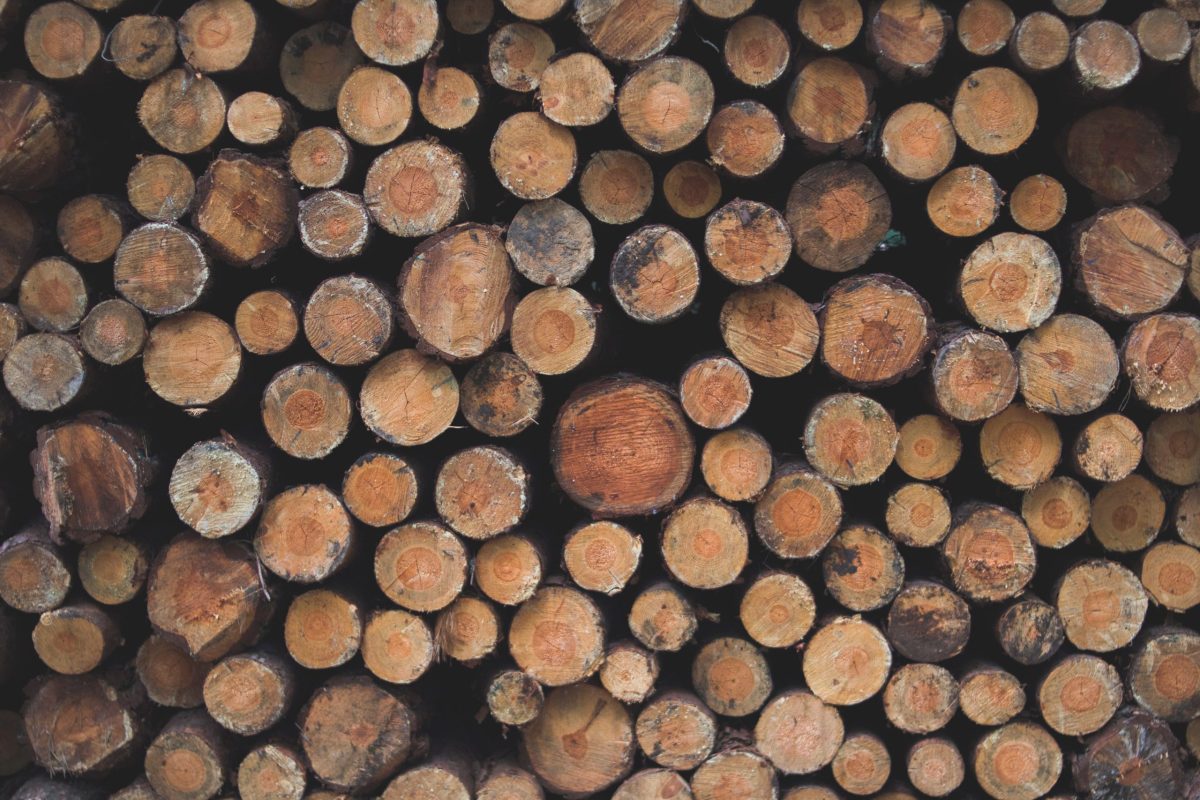
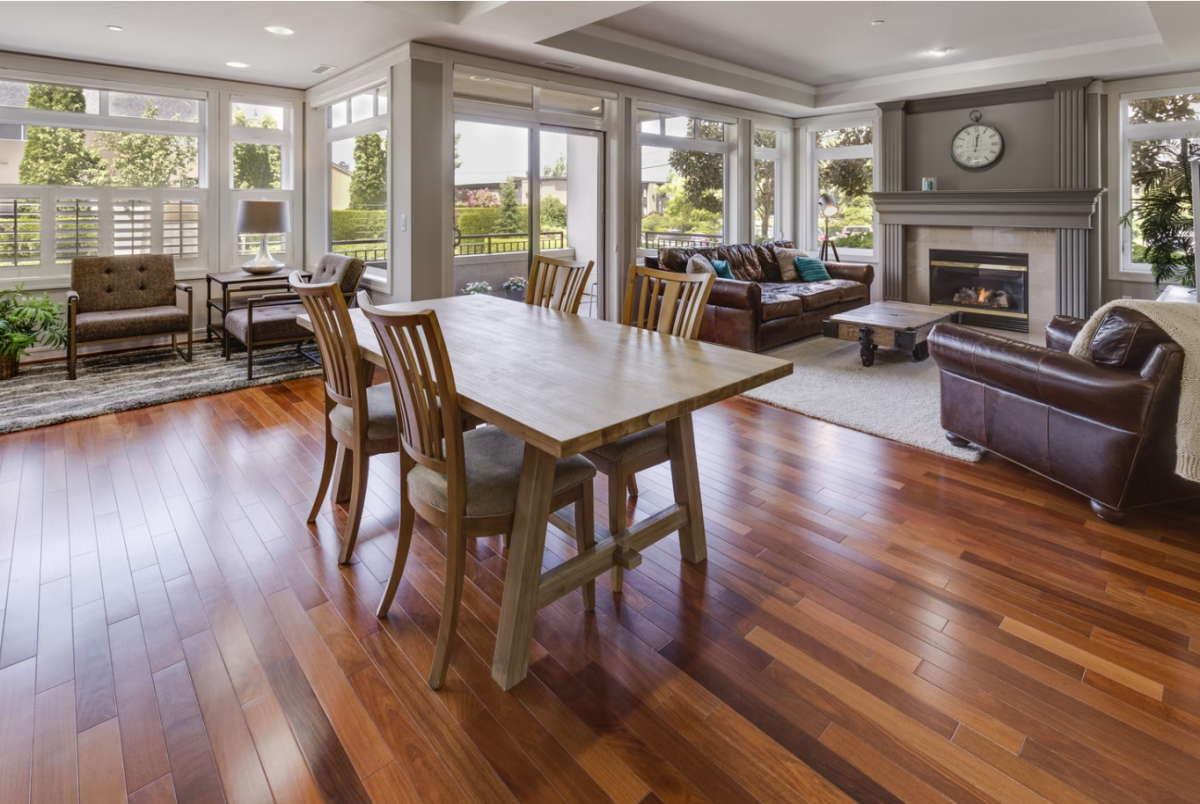

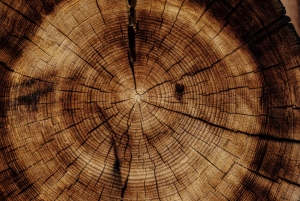
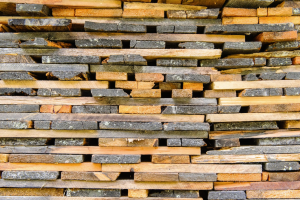
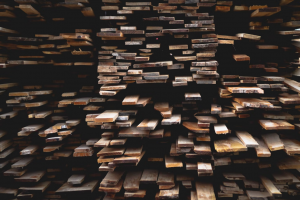



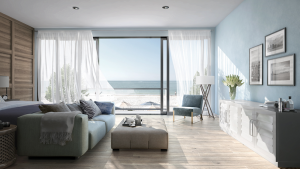
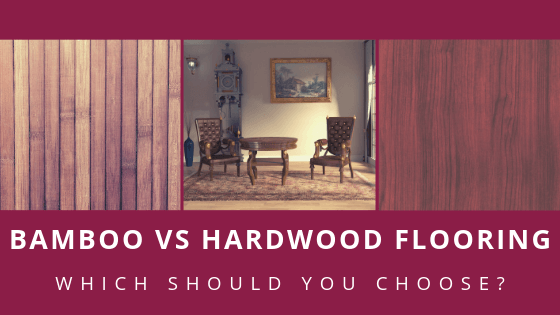
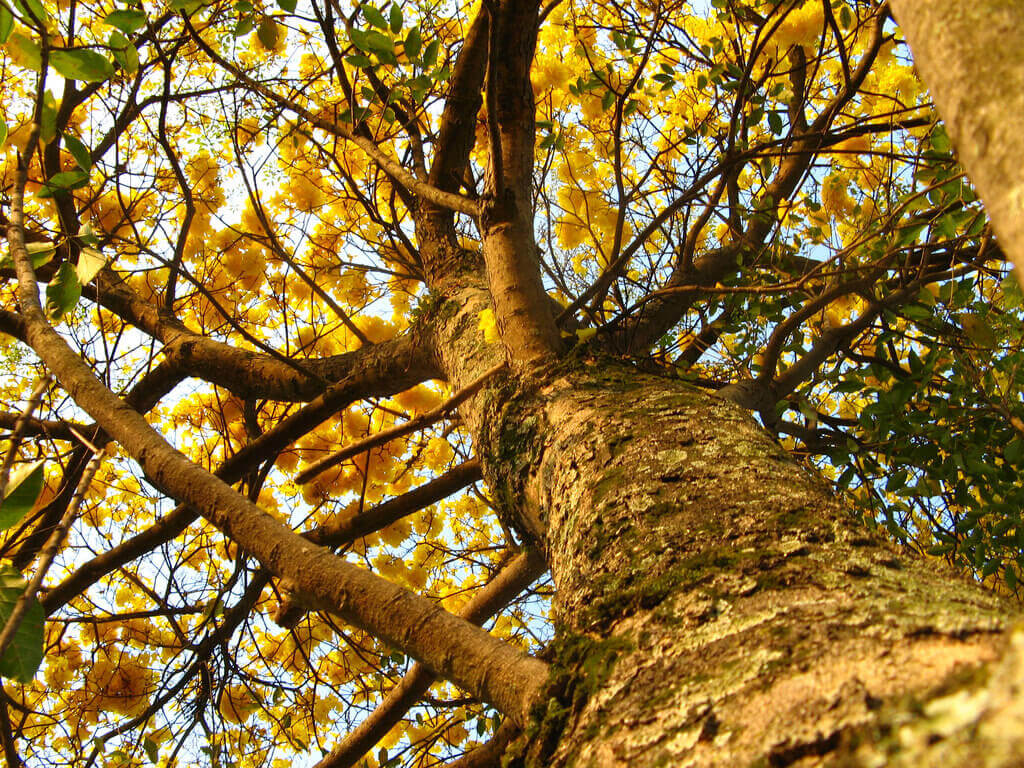



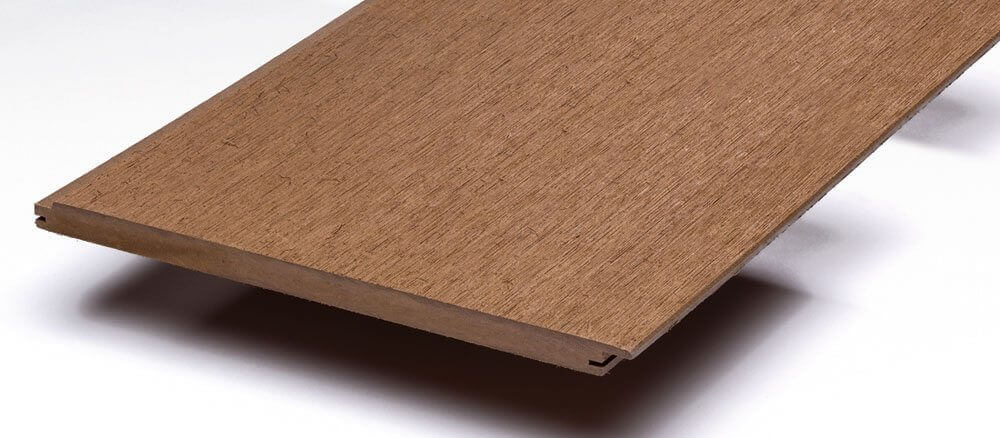


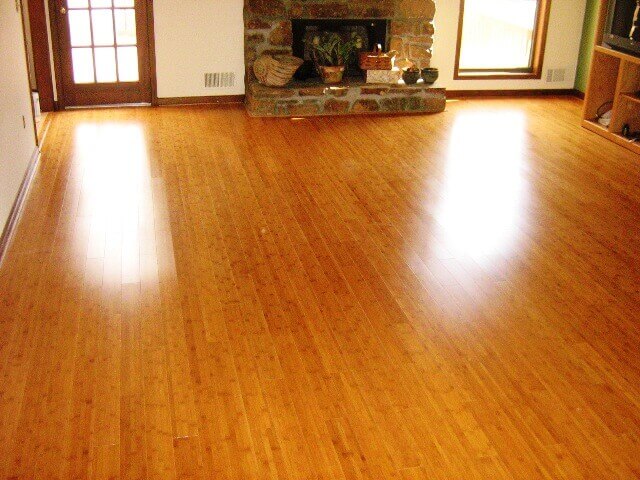
 Bamboo has recently become a popular design choice for those wanting to create green homes and offices. This choice is for good reason: the use of chic, readily available bamboo is better for the environment than the use of traditional hardwoods. However, while most people today are familiar with the choice of bamboo for
Bamboo has recently become a popular design choice for those wanting to create green homes and offices. This choice is for good reason: the use of chic, readily available bamboo is better for the environment than the use of traditional hardwoods. However, while most people today are familiar with the choice of bamboo for 